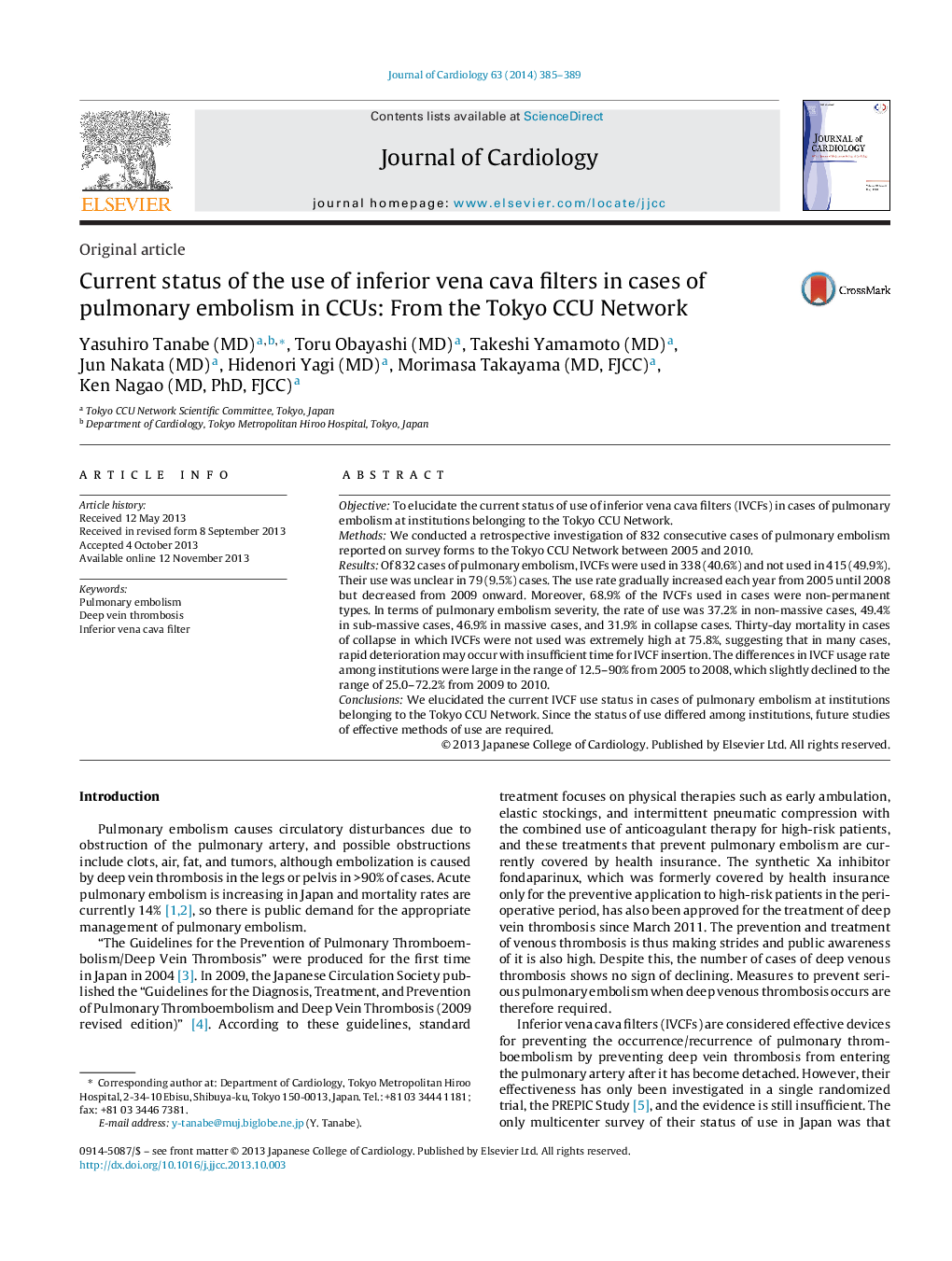| Article ID | Journal | Published Year | Pages | File Type |
|---|---|---|---|---|
| 6384885 | Estuarine, Coastal and Shelf Science | 2014 | 5 Pages |
Abstract
The response of coastal wetlands to sea-level rise is receiving global attention and observed changes in the distribution of mangrove and salt marsh are increasingly associated with global climate change, particularly sea-level and temperature rise, and potentially elevated carbon dioxide. Processes operating over smaller-spatial scales, such as rainfall variability and nutrient enrichment are also proposed as possible short-term drivers of changes in the distribution of mangrove and salt marsh. We consider the response of mangrove and salt marsh in a subtropical estuary to changes in environmental variables over a 12Â year period by comparing rates of surface elevation change and vegetation distribution dynamics to hydrological and climatic variables, specifically water level and rainfall. This period of analysis captured inter-annual variability in sea level and rainfall associated with different phases of the El Niño Southern Oscillation (ENSO). We found that the mangrove and salt marsh trend of increasing elevation was primarily controlled by position within the tidal prism, in this case defined by inundation depth and distance to the tidal channel. Rainfall was not a primary driver of elevation trends in mangrove and salt marsh, but rainfall and water level variability did influence variability in elevation over the study period, though cross-correlation of these factors confounds identification of a single process driving this variability. These results highlight the scale-dependence of coastal wetland vegetation distribution dynamics; the longer-term trend of surface elevation increase and mangrove encroachment of salt marsh correlated with global sea-level trends, while short-term variability in surface elevation was related to local variability in water level and rainfall. Rates of surface elevation increase were found to lag behind rates of water level change within the Tweed River, which may facilitate further expansion of mangrove into salt marsh. This study advocates integration of ecological and geomorphic techniques to understand the response of coastal wetlands to sea-level rise and climatic perturbations.
Related Topics
Physical Sciences and Engineering
Earth and Planetary Sciences
Geology
Authors
Kerrylee Rogers, Neil Saintilan, Colin D. Woodroffe,
